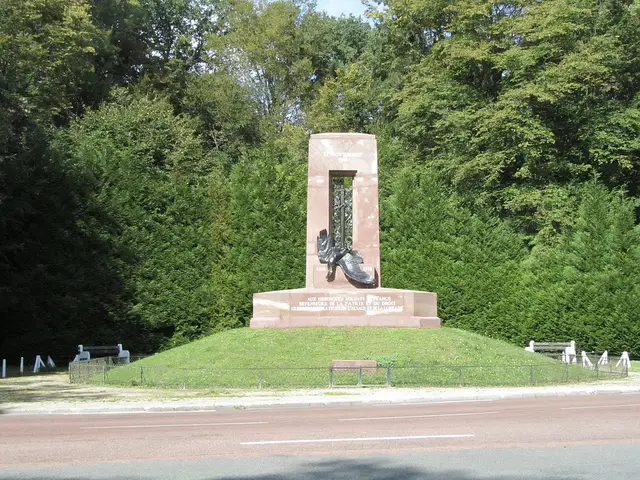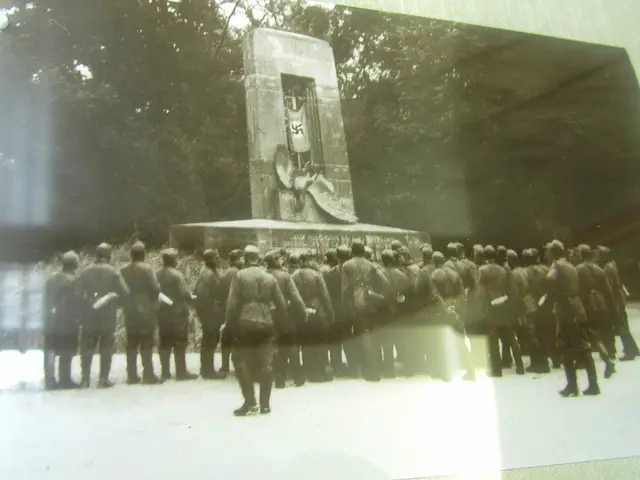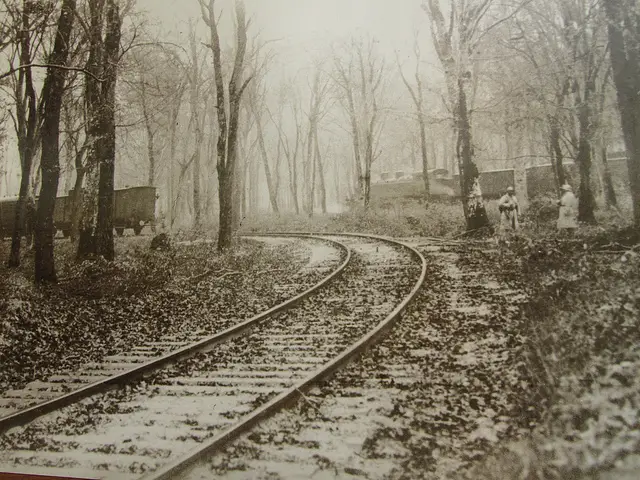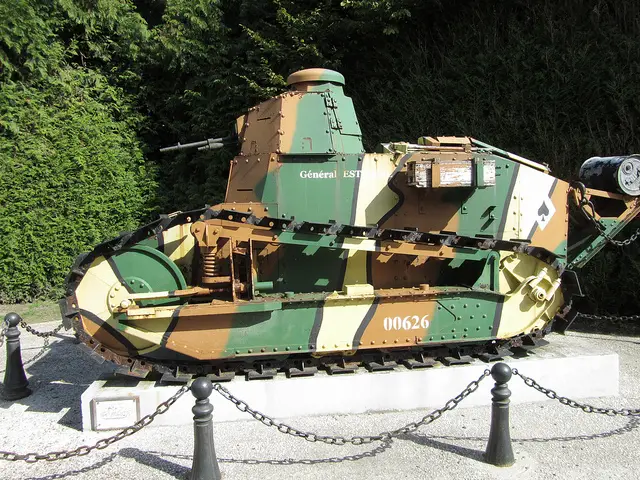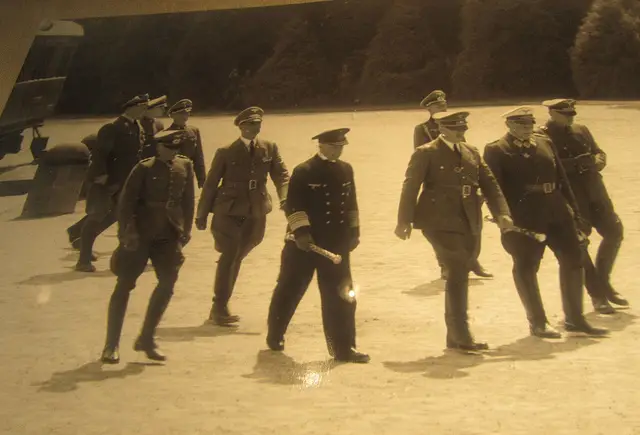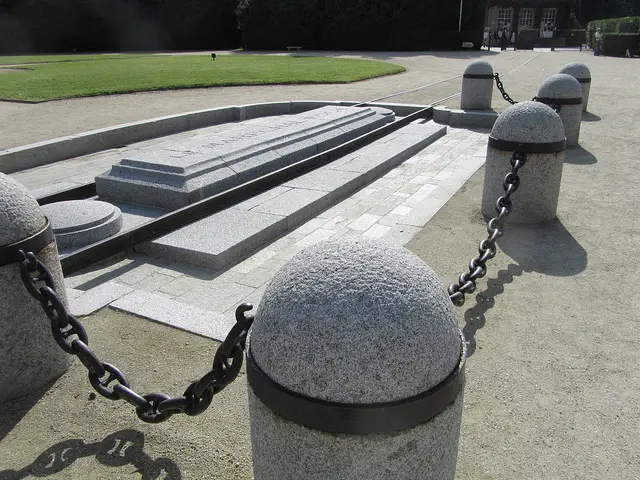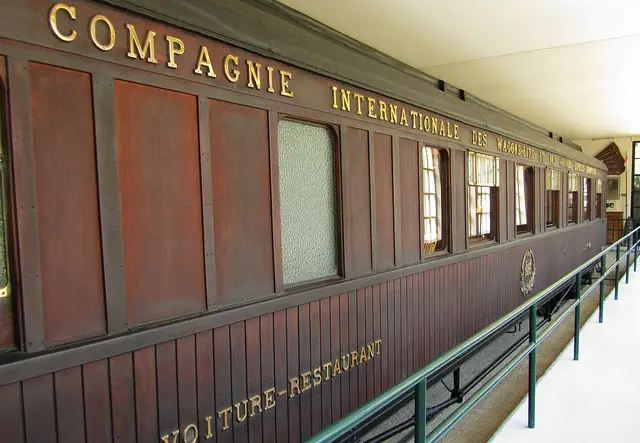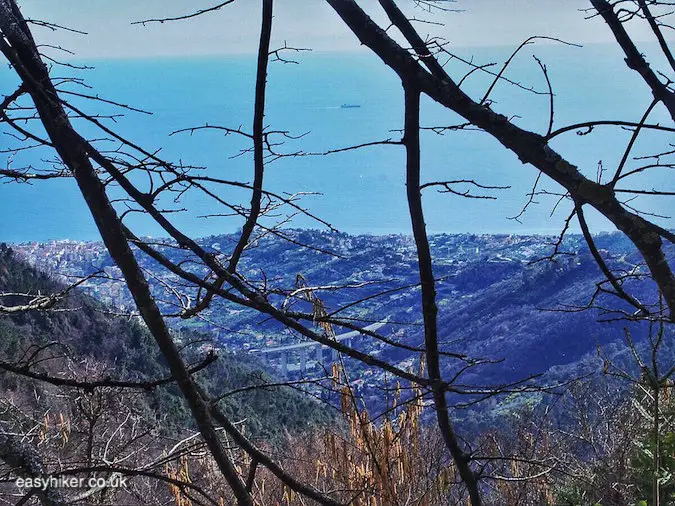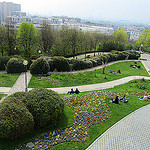Day Trip from Paris
Here’s What Hitler did in Compiegne
One hour away from Paris lies the quiet provincial town of Compiegne where not one but two recent chapters of European history were completed.
If the 30 Year European War from 1914 to 1945 was a drama in five acts, Compiegne was the stage of the final scenes in the first and the fourth act.
That’s a lot of history for such a small and sleepy town.
In a week or so, I will tell you about the hike we did in Compiegne and how to get there. But, today, I will tell you what you will see – and why you should go.
A good two-hour walk away from Compiegne through the grounds of the local castle and some open woodland, two railway lines meet in the forest. Both were built during WWI: one to transport the French High Command between the trenches and the other to ferry heavy artillery from here to the front a few miles away.
It was the latter line on which a German delegation of politicians and high-ranking military officers arrived on a cold and gloomy morning in November 1918. Their mission: to negotiate an end to the fighting of WWI and an Armistice which was duly signed a few days later, on 5 o’clock in the morning of 11 November.
In the 1920s, the French then cleared about a hectare of the dense forest in this place, covered the ground with grey gravel and lowered huge blocks of granite into the earth where the railway coaches had stood on that historic day.
The result is an austere, quiet and, yes, peaceful monument, a fittingly dignified shrine to commemorate the day when WWI ended, the Great War, the war to end all wars, the moment when nations fell tearfully into each others’ arms and vowed to one another: this shall never happen again.
If you look a little more closely at the monument, however, you will find out very soon that this is not at all what happened. That this was not the way The Great War was seen in its immediate aftermath.
Certainly not in France and certainly not by the people who built this site.
The central block of granite bears the inscription: “Here SUCCUMBED the criminal pride of the German Empire VANQUISHED by the free peoples of the world it had intended to enslave.”
The emphasis is not mine: the words “SUCCOMBA” and “VAINCU” (succumbed and vanquished, respectively), are engraved in larger-sized letters and, on top of that, were each given a line all to themselves, in case the casual reader might miss their importance.
You almost hear the voice rise trembling with righteous indignation, you almost feel the spittle on your forehead.
And you understand: This monument was not built to mourn the futility of war, not even to honour the dead heroes but simply to rub it in.
Perspective is everything in history, and perspectives change over time. One cannot help wondering how future generations will view our own contemporary struggles and into which narrative they will embed them. I bet many of us would be fairly shocked if ever there was a way of finding out.
It is, for a war monument, a rare manifestation of unconstrained glee, and if you know a little about history – the way it makes things come round – you cannot help feeling that no good could ever come from this.
What Hitler did in Compiegne
He came, he saw, he humiliated la grande nation and then had the coach shipped to Germany where it was toured through the provinces and finally incinerated, in the last days of WWII, to deprive the enemy of the ultimate triumph of having the last laugh, presumably.
So the Waggon, the centerpiece of the near-by museum, is not “the one” but only “one very much like it”. The museum does not exactly go out of its way to point that out, but you can find this information on the site if you look for it hard enough.
More interesting, at any rate, are the photographs that show you what the place looked like before (in 1918 and in 1940) and the newspaper cuttings, personal documents etc. that tell you how it was seen at the time.
If all this ya-boo-ing about “national shames” and “national destinies” does not sober you up, you do not deserve to live in the 21st century.
It certainly puts our contemporary struggles about levels of sovereign debt, the role of the ECB and the retirement age in Italy neatly into perspective.
What Hitler did in Compiegne provide stuff for thought on that long walk back to Compiegne train station – and beyond.
Read more about our easy hikes near Paris. Follow us on Facebook or register to get our free updates via email.

